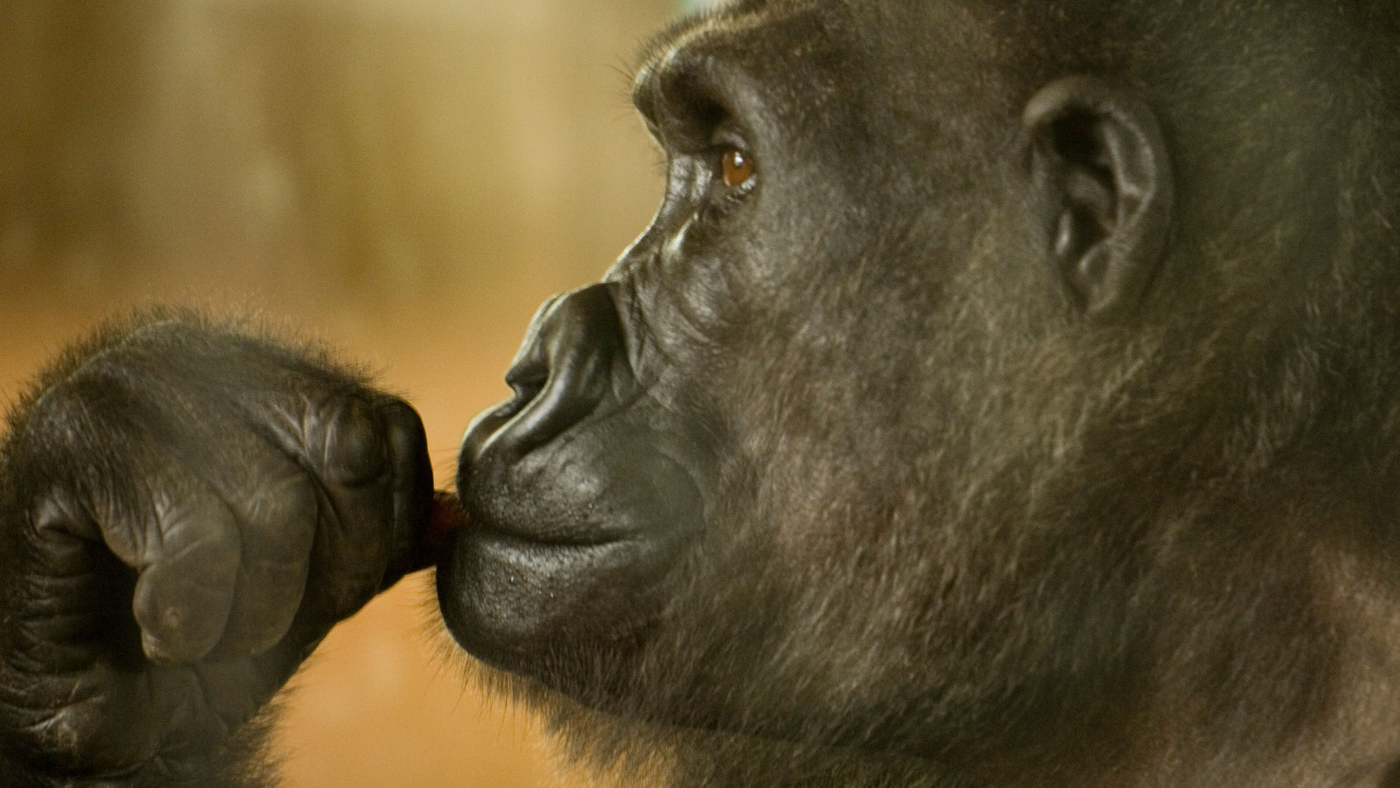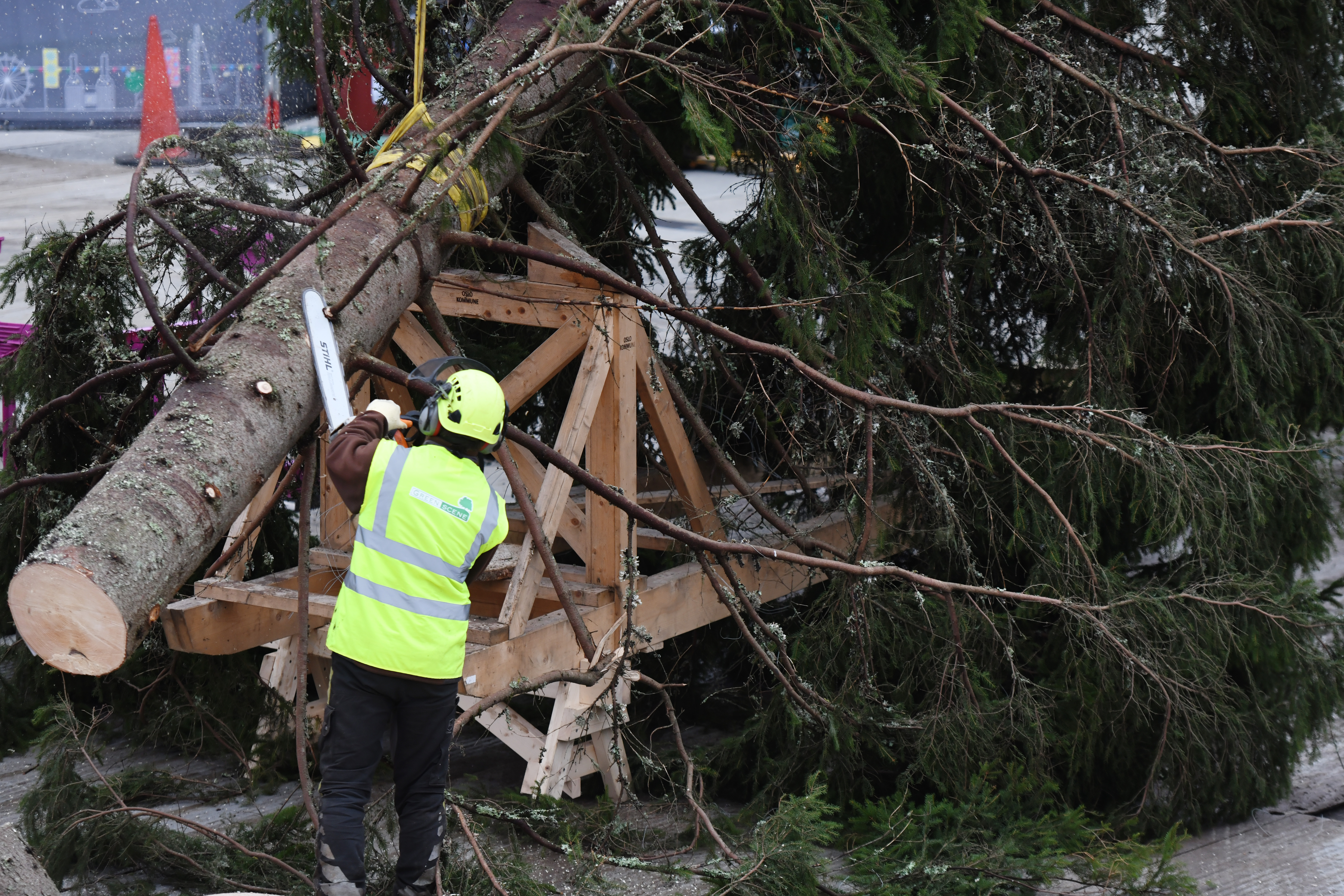‘Armageddon-style’ spacecraft to crash into asteroid
Mission is ‘first test for planetary defence’, says space agency

Nasa has announced plans to send a spacecraft hurtling into an asteroid at 15,000mph to change its path in the US space agency’s first “planetary defence” test.
The mission, known as a Double Asteroid Redirection Test (DART), will be the Nasa’s “first use of the kinetic impactor technique” in which “a large, high-speed spacecraft is sent into an asteroid’s path to change its motion”, reported CBS News.
Nasa has called the mission “the first test for planetary defence”, and will send the spacecraft on a collision course “to hit the binary near-Earth asteroid Didymos and its moonlet, Dimorphos” on 24 November.
The Week
Escape your echo chamber. Get the facts behind the news, plus analysis from multiple perspectives.

Sign up for The Week's Free Newsletters
From our morning news briefing to a weekly Good News Newsletter, get the best of The Week delivered directly to your inbox.
From our morning news briefing to a weekly Good News Newsletter, get the best of The Week delivered directly to your inbox.
The mission will “assess if it is possible to divert an incoming celestial body”, The Telegraph said, in the hope that we can “avoid a mass extinction event like the one that wiped out the dinosaurs, and most life on Earth, 66 million years ago”.
Scientists have already identified at least 26,000 “near-Earth objects”, 4,700 of which meet Nasa’s classification as “potentially hazardous objects”. These are objects in space that are “larger than 500ft across, pass within 4.7 million miles of the planet, and would cause devastating damage if they hit” the Earth, the paper added.
The Didymos system, the target for the DART demonstration, is made up of two bodies. Didymos, the primary body, is roughly 780 metres across according to Nasa, while its moonlet is about 160 metres in diameter. The space agency hopes to hit the moonlet, which is “more typical of the size of asteroids that could pose the most likely significant threat to Earth”.
“We’re going to make sure that a rock from space doesn’t send us back to the Stone Age,” Thomas Statler, a Nasa scientist, said on the agency’s podcast. The mission is one of “historical proportions”, Statler added, because it will be “the first time that humanity has actually changed something in space”.
A free daily email with the biggest news stories of the day – and the best features from TheWeek.com
“We’ve left footprints and tire tracks and things like that, but this will be the first time humanity has changed a celestial motion.”
It’s all “reminiscent of the 1998 sci-fi action movie ‘Armageddon’”, says CBS News, “in which the space agency deploys a team of civilians to land on an asteroid and detonate it before it destroys Earth”.
But while the “basic idea” is the same, “neither Didymos nor Dimorphos pose a threat to Earth”. The mission is simply “so that scientists can calculate how effective DART missions can be”.
While the pair of asteroids “orbit the sun and occasionally come close to Earth”, they never come close enough to pose a threat, said The Washington Post. But their proximity makes them “a prime candidate” for testing the technique that could one day save the planet.
The DART mission plans to hit Dimorphos at a speed of nearly 15,000mph in the hope it will change its orbit “by a fraction of 1 percent”. This would be a “small but significant enough change” that scientists should be able to see it from their telescopes on Earth.
If an asteroid was on course to hit the Earth, the space agency would plan to hit it and change its course, rather than destroy it completely.
The DART spacecraft will be aboard a SpaceX Falcon 9 rocket. After separation from the launch vehicle, the DART spacecraft will cruise in space for ten months before intercepting Didymos’ moonlet in late September 2022, when the Didymos system is within 11 million kilometres of Earth.
-
 ‘Lumpy skin’ protests intensify across France as farmers fight cull
‘Lumpy skin’ protests intensify across France as farmers fight cullIN THE SPOTLIGHT A bovine outbreak coupled with ongoing governmental frustrations is causing major problems for French civil society
-
 The best books of 2025
The best books of 2025The Week Recommends A deep dive into the site of a mass shooting, a new release from the author of ‘Atonement’ and more
-
 Inside Minnesota’s extensive fraud schemes
Inside Minnesota’s extensive fraud schemesThe Explainer The fraud allegedly goes back to the Covid-19 pandemic
-
 Nasa finds molecules on Mars
Nasa finds molecules on Marsfeature And other stories from the stranger side of life
-
 The chemtrails conspiracy: what are the claims?
The chemtrails conspiracy: what are the claims?In the Spotlight Theorists believe governments, big businesses or the UN may be behind a large-scale secret plot
-
 The teenage gorilla with an addiction to smartphones
The teenage gorilla with an addiction to smartphonesIn the Spotlight Amare, the 16-year-old ape, has screen time cut after spending ‘hours’ looking at visitors’ phones
-
 Alpha Men Assemble: the group threatening ‘direct action’ over vaccines
Alpha Men Assemble: the group threatening ‘direct action’ over vaccinesIn the Spotlight The anti-vaxxers claim to be fighting for ‘justice, equality and freedom for everyone’
-
 London’s sad Christmas tree
London’s sad Christmas treeIn the Spotlight This year’s annual festive gift from Norway fails to wow social media users
-
 ‘Pray to stay’: Church of England facing questions over asylum seeker conversions
‘Pray to stay’: Church of England facing questions over asylum seeker conversionsIn the Spotlight Tory MP vows to launch investigation into apparent ‘loophole’ in system
-
 ‘Let puritanical values govern parliamentary rules’
‘Let puritanical values govern parliamentary rules’Instant Opinion Your digest of analysis from the British and international press
-
 The breakthrough that reveals why humans are getting taller
The breakthrough that reveals why humans are getting tallerIn the Spotlight Sensor in the brain tells the body that ‘we’re great here so grow quickly’, scientists say